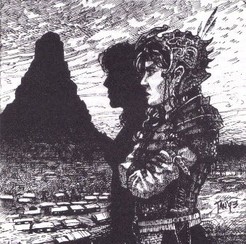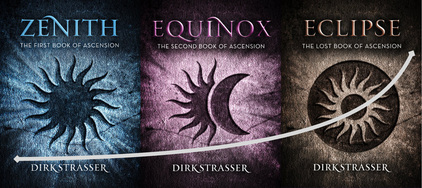
Or can you?
Based on some of the advice and discussions on various forums about Prologues, you can go horribly horribly wrong. Apparently many people don't read Prologues. I don't know if that's true (personally I'm of the start-reading-at-the-beginning school of thought), but skipping these introductory sections seems to be accepted wisdom among the writing community. Literary Agents definitely ignore Prologues, I'm told, so if you want to be a successful writer, you need to shun them like lepers (err Prologues, that is, not Literary Agents).
Prologues are only red herring hooks designed to reel the reader in, but without adding anything to the story. They are camouflage for a weak first chapter. They will be forgotten and irrelevant once the reader is deep into the story. They are there to dump huge piles of info or back story on the reader which would otherwise slow down the main narrative.
Allegedly.
Sorry, but I love Prologues. Especially in Fantasy novels. I usually trust the writer that, even if they appear unconnected to the main narrative, they will eventually make sense. I have no problem if they are long, if they are set in different time period to Chapter 1 or if they contain back story. I particularly don't care if they are designed to hook me. Come and get me, I say. Do your best!
All three of my Books of Ascension have chapter-length Prologues which feature a central event in the life of one of the main characters when they were nine years old. The main action in each book then starts off in Chapter 1 nine years later. I actually love Prologues so much I even have a Prologue to each of these Prologues – small hook-type sections that I've called "The First Book", "The Second Book" and "The Lost Book".
So, I've broken almost every rule about Prologues (they don't even follow a map because I don't have a map – but I'll save that for another blog). So, just a warning to all those alleged readers out there who ignore Prologues (you know who you are, even if I don't), if you skip over the Prologues in Zenith, Equinox and Eclipse, you're going to miss crucial parts of the story. Don't come crying to me that something jumped up at you out of the blue late in the third book. I'll just shake make head, and say I did warn you. Why not start at the beginning? In fact, why not start right now?

 RSS Feed
RSS Feed